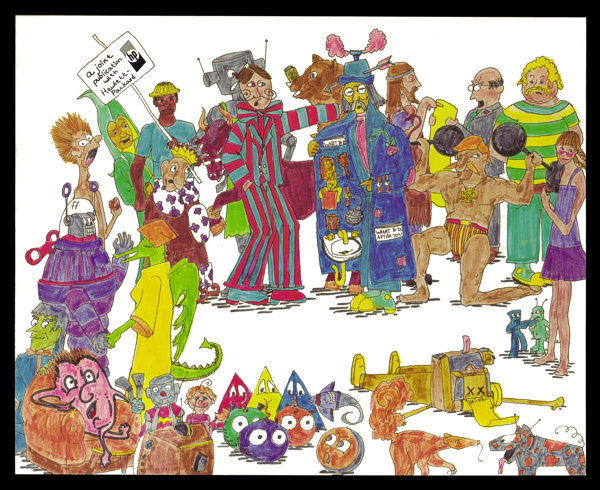Language BASIC, English Media type Print (Softcover) Country United States of America | Publication date 1977, 1980 Originally published 1977 Genre Computer programming | |
 | ||
Series People's Computer Company Publisher Hayden, SAMS Publishing ISBN 0-8104-5476-9 (second edition) | ||
What to Do After You Hit Return or P.C.C.'s First Book of Computer Games is the first computer game book written by Howie Franklin, Marc LeBrun, Dave Kaufman, and others at People's Computer Company in 1975. It was published by Hayden in 1977 and then by SAMS in 1980 (ISBN 0810454769).
The book contains several educational programs in BASIC, and encourages playing games in the classroom without using the computer, to teach children how the programming language works. Each game is devoted a page or two to demonstrate how the game works, and the code is listed in the back of the book.
Games
Some of the games in the book include:
References
What to Do After You Hit Return Wikipedia(Text) CC BY-SA
